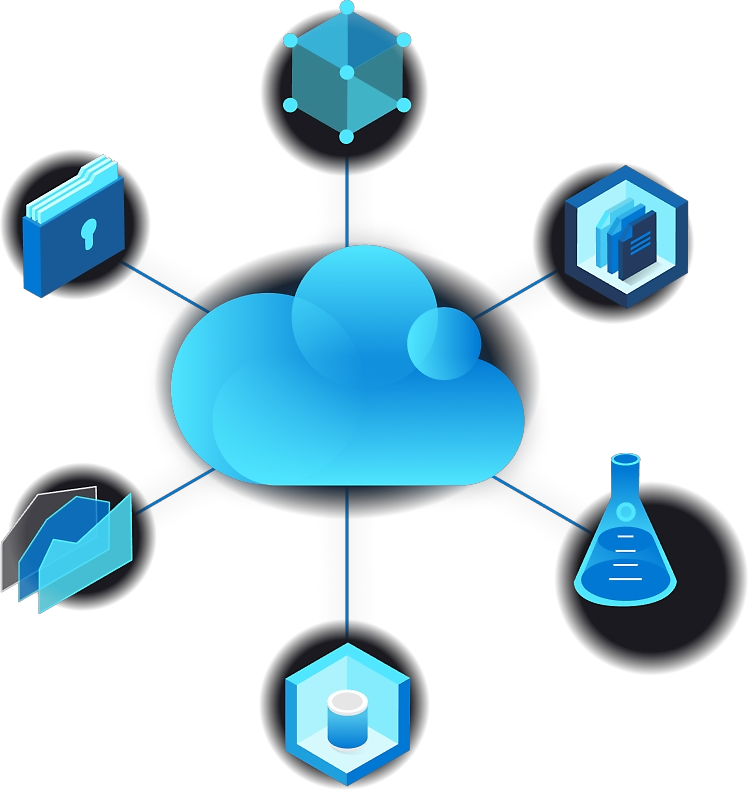
Cloud computing is a big shift from the traditional way businesses think about IT resources.
Here are seven common reasons organizations are turning to cloud computing services:
Moving to the cloud helps companies optimize IT costs. This is because cloud computing eliminates the capital expense of buying hardware and software and setting up and running onsite datacenters—the racks of servers, the round-the-clock electricity for power and cooling, and the IT experts for managing the infrastructure. It adds up fast.
Most cloud computing services are provided self service and on demand, so even vast amounts of computing resources can be provisioned in minutes, typically with just a few mouse clicks, giving businesses a lot of flexibility and taking the pressure off capacity planning.
Cloud computing makes data backup, disaster recovery, and business continuity easier and less expensive because data can be mirrored at multiple redundant sites on the cloud provider’s network.
Many cloud providers offer a broad set of policies, technologies, and controls that strengthen your security posture overall, helping protect your data, apps, and infrastructure from potential threats.
The benefits of cloud computing services include the ability to scale elastically. In cloud speak, that means delivering the right amount of IT resources—for example, more or less computing power, storage, bandwidth—right when they’re needed, and from the right geographic location.
Onsite datacenters typically require a lot of “racking and stacking”—hardware setup, software patching, and other time-consuming IT management chores. Cloud computing removes the need for many of these tasks, so IT teams can spend time on achieving more important business goals.
The biggest cloud computing services run on a worldwide network of secure datacenters, which are regularly upgraded to the latest generation of fast and efficient computing hardware. This offers several benefits over a single corporate datacenter, including reduced network latency for applications and greater economies of scale.
Not all clouds are the same and no single type of cloud computing is right for everyone.
Several different models, types, and services have evolved to help offer the right solution for your needs.
First, you need to determine the type of cloud deployment, or cloud computing architecture, that your cloud services will be implemented on.
There are three different ways to deploy cloud services: on a public cloud, private cloud, or hybrid cloud.
Public clouds are owned and operated by third-party cloud service providers, which deliver computing resources like servers and storage over the internet. Microsoft Azure is an example of a public cloud. With a public cloud, all hardware, software, and other supporting infrastructure is owned and managed by the cloud provider. You access these services and manage your account using a web browser.
A private cloud refers to cloud computing resources used exclusively by a single business or organization. A private cloud can be physically located on the company’s onsite datacenter. Some companies also pay third-party service providers to host their private cloud. A private cloud is one in which the services and infrastructure are maintained on a private network.
Hybrid clouds combine public and private clouds, bound together by technology that allows data and applications to be shared between them. By allowing data and applications to move between private and public clouds, a hybrid cloud gives your business greater flexibility and more deployment options and helps optimize your existing infrastructure, security, and compliance.